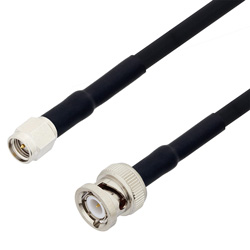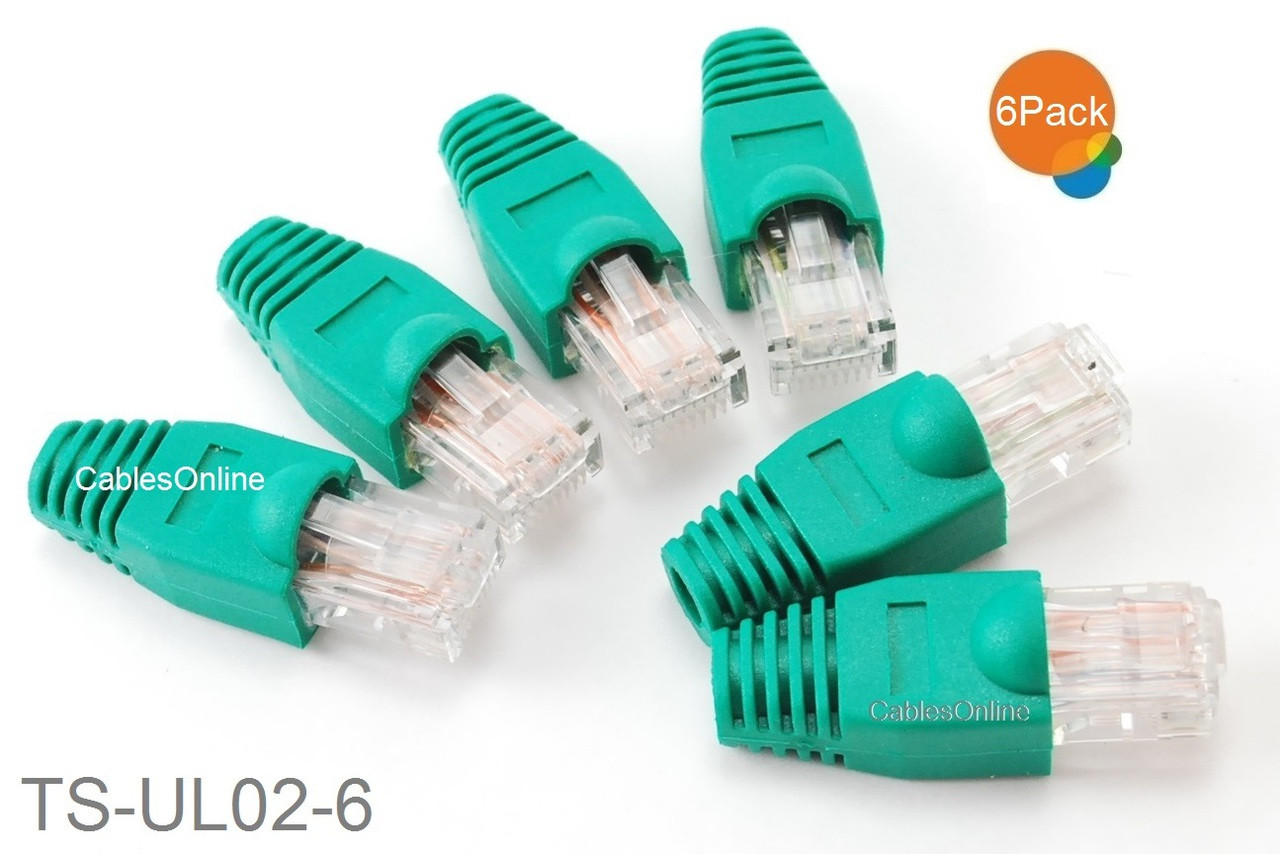


In addition to this 50 ohm coaxial cable can be found on coaxial Ethernet networks, electronics laboratory interconnection (foe example high frequency oscilloscope probe cables) and high frequency digital applications (fe example ECL and PECL logic matches nicely to 50 ohms cable). It is used here because it matches nicely to many common transmitter antenna types, can quite easily handle high transmitter power and is traditionally used in this type of applications (transmitters are generally matched to 50 ohms impedance). 50 ohms: 50 ohms coaxial cable is very widely used with radio transmitter applications.Here is a quick overview of common coaxial cable impedances and their main uses: It is practically very hard to find any coaxial cables with impedance much

Impedance somewhere around 77 Ohms gives the lowest loss in a dielectric filled line.ĩ3 Ohms cable gives low capacitance per foot.

It is usually no point in trying to get something very little different for some marginal benefit, because standard cables are easy to get, cheap and generally very good.ĭifferent impedances have different characteristics.įor maximum power handling, somewhere between 30 and 44 Ohms is the optimum. It is possible to build cables at other impedances, but those mentioned earlier are the standard ones that are easy to get. There are also other impedances in use in some special applications (for example 93 ohms).
#Loopback cable rg 6 tv
50 ohms cable is used in radio transmitter antenna connections, many measurement devices and in data communications (Ethernet).ħ5 ohms coaxial cable is used to carry video signals, TV antenna signals and digital audio signals. Most common coaxial cable impedances in use in various applications are 50 ohms and 75 ohms. The characteristic impedance of a cable (Zo) is determined by the formula 138 log b/a, where b represents the inside diameter of the outer conductor (read: shield or braid), and a represents the outside diameter of the inner conductor. For ordinary coaxial cable used at reasonable frequency, the characteristic impedance depends on the dimensions of the inner and outer conductors. Characteristic impedance is determined by the size and spacing of the conductors and the type of dielectric used between them. The length has nothing to do with a coaxial cable impedance. More shield coverage means less radiation of energy (but it does not necessarily mean less signal attenuation).Ĭoaxial cable are typically characterized with the impedance and cable loss. Hence, the outer conductor also functions as a shield to reduce coupling of the signal into adjacent wiring. There is always some signal radiating from coaxial cable. This arrangement give quite good shielding agains noise from outside cable, keeps the signal well inside the cable and keeps cable characteristics stable.Ĭoaxial cables and systems connected to them are not ideal. The signal is carried between the cable shield and the center conductor. Coaxial cable consists of an insulated ceter conductor which is covered with a shield. We trade signal loss for convenience and flexibility. Coaxial cables exists because we can't run open-wire line near metallic objects (such as ducting) or bury it. Solid or stranded and the outer conductor is typically a shield thatĬoaxial cable is a cable type used to carry radio signals, video signals, measurement signals and data signals. The inner conductor is typically a straight wire, either A coaxial cable is one that consists of two conductors that share aĬommon axis.


 0 kommentar(er)
0 kommentar(er)
